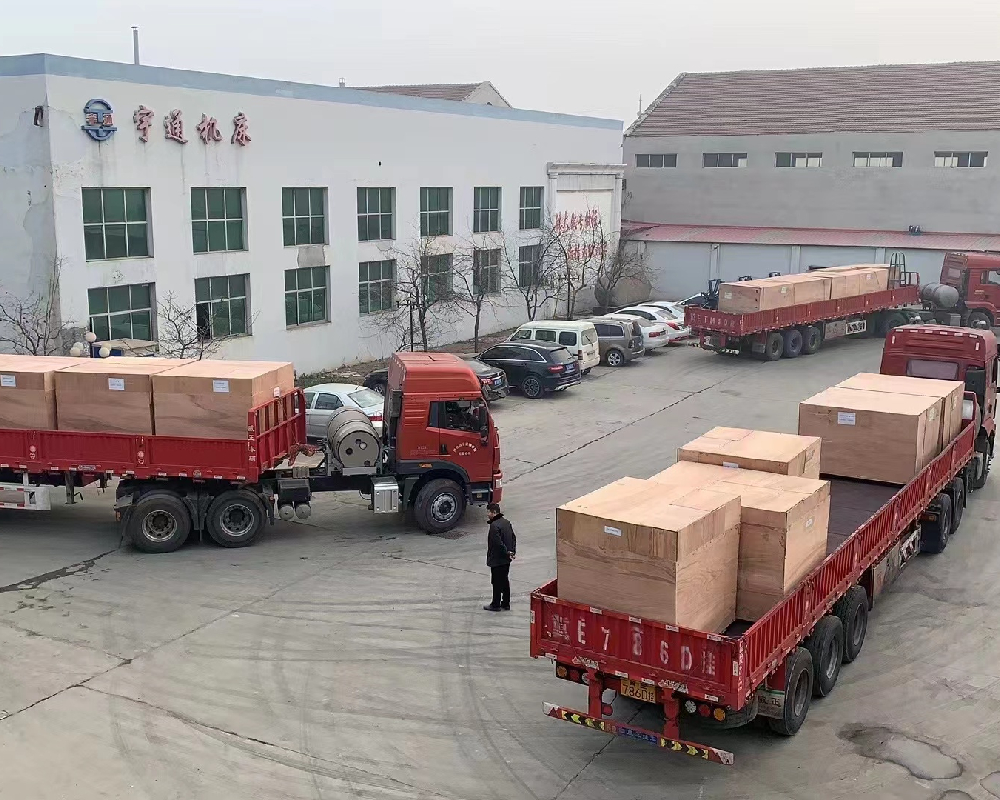
-
 Afrikaans
Afrikaans -
 Albanian
Albanian -
 Amharic
Amharic -
 Arabic
Arabic -
 Armenian
Armenian -
 Azerbaijani
Azerbaijani -
 Basque
Basque -
 Belarusian
Belarusian -
 Bengali
Bengali -
 Bosnian
Bosnian -
 Bulgarian
Bulgarian -
 Catalan
Catalan -
 Cebuano
Cebuano -
 Corsican
Corsican -
 Croatian
Croatian -
 Czech
Czech -
 Danish
Danish -
 Dutch
Dutch -
 English
English -
 Esperanto
Esperanto -
 Estonian
Estonian -
 Finnish
Finnish -
 French
French -
 Frisian
Frisian -
 Galician
Galician -
 Georgian
Georgian -
 German
German -
 Greek
Greek -
 Gujarati
Gujarati -
 Haitian Creole
Haitian Creole -
 hausa
hausa -
 hawaiian
hawaiian -
 Hebrew
Hebrew -
 Hindi
Hindi -
 Miao
Miao -
 Hungarian
Hungarian -
 Icelandic
Icelandic -
 igbo
igbo -
 Indonesian
Indonesian -
 irish
irish -
 Italian
Italian -
 Japanese
Japanese -
 Javanese
Javanese -
 Kannada
Kannada -
 kazakh
kazakh -
 Khmer
Khmer -
 Rwandese
Rwandese -
 Korean
Korean -
 Kurdish
Kurdish -
 Kyrgyz
Kyrgyz -
 Lao
Lao -
 Latin
Latin -
 Latvian
Latvian -
 Lithuanian
Lithuanian -
 Luxembourgish
Luxembourgish -
 Macedonian
Macedonian -
 Malgashi
Malgashi -
 Malay
Malay -
 Malayalam
Malayalam -
 Maltese
Maltese -
 Maori
Maori -
 Marathi
Marathi -
 Mongolian
Mongolian -
 Myanmar
Myanmar -
 Nepali
Nepali -
 Norwegian
Norwegian -
 Norwegian
Norwegian -
 Occitan
Occitan -
 Pashto
Pashto -
 Persian
Persian -
 Polish
Polish -
 Portuguese
Portuguese -
 Punjabi
Punjabi -
 Romanian
Romanian -
 Russian
Russian -
 Samoan
Samoan -
 Scottish Gaelic
Scottish Gaelic -
 Serbian
Serbian -
 Sesotho
Sesotho -
 Shona
Shona -
 Sindhi
Sindhi -
 Sinhala
Sinhala -
 Slovak
Slovak -
 Slovenian
Slovenian -
 Somali
Somali -
 Spanish
Spanish -
 Sundanese
Sundanese -
 Swahili
Swahili -
 Swedish
Swedish -
 Tagalog
Tagalog -
 Tajik
Tajik -
 Tamil
Tamil -
 Tatar
Tatar -
 Telugu
Telugu -
 Thai
Thai -
 Turkish
Turkish -
 Turkmen
Turkmen -
 Ukrainian
Ukrainian -
 Urdu
Urdu -
 Uighur
Uighur -
 Uzbek
Uzbek -
 Vietnamese
Vietnamese -
 Welsh
Welsh -
 Bantu
Bantu -
 Yiddish
Yiddish -
 Yoruba
Yoruba -
 Zulu
Zulu
Hydraulic Threading Equipment for Efficient Pipe and Fastener Manufacturing Solutions
Hydraulic Threading Machines Innovations in Precision and Efficiency
In the world of metalworking, the demand for reliable and precise threading solutions has never been more critical. Hydraulic threading machines have emerged as a game-changer, offering enhanced efficiency, accuracy, and versatility for professionals in various industries. With their innovative technology, these machines streamline the threading process, making them an essential tool for metal fabricators, plumbers, and construction workers alike.
At the heart of a hydraulic threading machine is its ability to utilize hydraulic power to create precise threads on pipes and other cylindrical materials. Unlike traditional manual threading methods, which can be labor-intensive and time-consuming, hydraulic machines leverage hydraulic pressure to facilitate the cutting process. This not only speeds up production times but also reduces the physical strain on operators, allowing them to achieve consistent results with minimal effort.
One of the standout features of hydraulic threading machines is their adaptability. Many models are designed to accommodate a wide range of pipe sizes and materials, making them suitable for both small-scale projects and large industrial applications. Operators can easily switch between different pipes by adjusting the machine settings, which enhances flexibility on the worksite. This versatility ensures that professionals can handle various threading tasks without needing multiple machines, ultimately saving time and resources.
Precision is paramount in threading applications, and hydraulic machines excel in this area. The hydraulic system provides a smooth and controlled threading action, minimizing the risk of errors that can occur with manual or less sophisticated machines. This level of accuracy is vital for industries where integrity and reliability are essential, such as oil and gas, construction, and plumbing. The threads produced by hydraulic machines exhibit superior quality, ensuring strong connections and structural stability in the completed products.
hydraulic threading machine

In addition to their performance advantages, hydraulic threading machines are typically equipped with advanced safety features. Operators often work in environments where hazards are present, and these machines are designed to mitigate risks. Safety guards, automatic shut-off systems, and ergonomic controls are common features that enhance the safety of the working environment. This focus on safety not only protects the operators but also fosters a culture of responsibility and diligence on the job site.
Another significant benefit of hydraulic threading machines is their ability to improve productivity. By reducing the time spent on manual threading and increasing the speed of production, these machines allow businesses to take on more projects and meet tight deadlines with ease. As industries continue to push for faster turnarounds and higher outputs, the efficiency of hydraulic threading machines becomes increasingly advantageous.
Furthermore, many modern hydraulic threading machines incorporate digital controls and advanced monitoring systems. These technological advancements enable operators to program specific threading parameters, track performance metrics, and make real-time adjustments as needed. Such features not only enhance usability but also contribute to improved quality control, ensuring that each thread meets the required specifications.
In conclusion, hydraulic threading machines represent a significant advancement in the realm of threading technology. With their ability to provide high precision, adapt to varying project requirements, enhance productivity, and prioritize safety, these machines are invaluable tools for professionals in numerous fields. As industries continue to evolve and demand more efficient manufacturing processes, hydraulic threading machines will undoubtedly play a crucial role in shaping the future of metalworking and threading applications. Investing in such technology not only benefits individual businesses but also contributes to the overall advancement of manufacturing practices.
